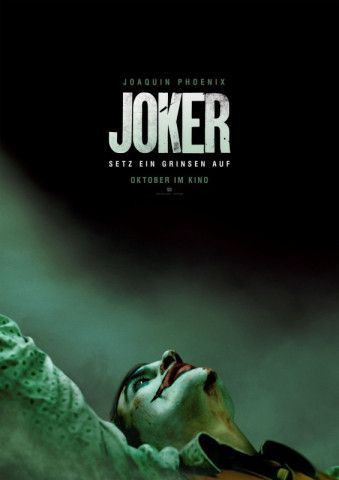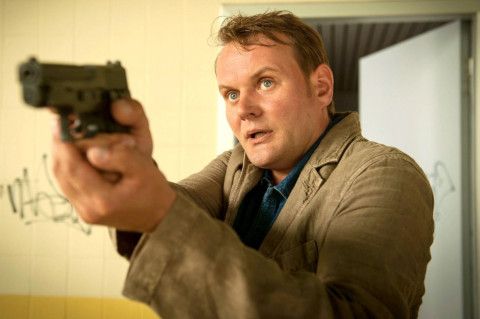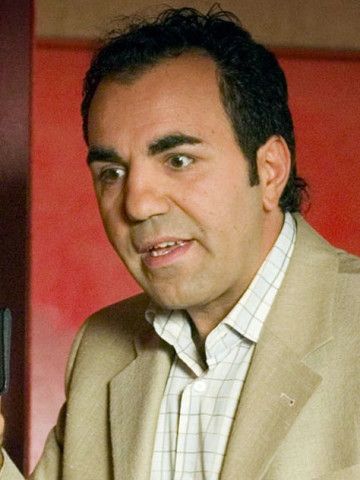Inside the Factory
Info, Technik •
07.01.2025 • 21:00 - 22:00
Produktionsland
GB
Produktionsdatum
2025
Altersfreigabe
6+
Info, Technik
In a nostalgic episode of Inside the Factory, new presenter Paddy McGuinness visits the Warburtons bread factory in his hometown of Bolton, where he once worked as a youngster more than 30 years ago. At Warbies, as the locals call it, he catches up with old friends and learns how the machines, ovens and conveyors he once cleaned enable the site to produce 1.4 million loaves of bread every week. As a fitting return to the factory, Paddy makes a grand entrance by driving a tanker of flour through the gates. As he manoevres his way to the intake area, he reveals that he was a young boy of sixteen when he worked here - it was a Saturday job, cleaning out the massive bread-making machines. However, the machines didn't run on Saturdays, which means that he's going to see them in action for the first time! With a little trepidation, Paddy dons the obligatory hairnet and steps inside the factory to soak up the memories. But he can't hang around reminiscing - there's sliced white bread to be made. So, he heads back outside to where he left his tanker full of flour. Head of Flour Stuart Jones tells him that they receive three tanker loads each day, containing a total of 90 tonnes - enough to make 170,000 loaves of bread. As the mix of British and Canadian flour is unloaded, Paddy heads back inside the factory, where he spots a familiar face - his old school friend Pete, who got him the Saturday job and still works at the factory. After a quick chinwag, Paddy heads to the dough-mixing area to meet someone with a very impressive title: Unbeatable Quality Manager, Rachel Bacon. Rachel tells Paddy that the key to making the best white bread is air bubbles; inside each slice there are 13,000 bubbles, which are all counted by computer. To make the dough, a mixer combines the flour with water and brine, along with yeast and a special ingredient called improver, which helps with the structure of the dough. After mixing for three minutes, the dough is tipped out and chopped into 341 separate pieces, each one weighing 920 grams. Every one of these mounds of dough will go on to make a loaf. The dough travels through a machine, which relaxes the strands of gluten inside and allows them to fully form, holding in the thousands of bubbles. Next, the dough is flattened and rolled out again - a bit like a Swiss roll. Then it's chopped into four, turned 90 degrees and squashed together again. This method is called cross panning and gives extra strength to the finished loaves. Paddy and Rachel agree that it's an important process, as it means that when you have a chip butty and want to roll the bread around the chips, it won't break. Paddy's dough drops into tins and travels towards a huge machine called a prover, where Paddy meets another expert, Manufacturing Excellence Manager Joanna Whitehurst. This massive, warm room is kept at between 37 and 40 degrees Celsius, which is the perfect temperature for the yeast inside the dough to activate and feed on naturally occurring sugars - a process called fermentation. This releases carbon dioxide gas, causing the bubbles in the dough to expand and the loaves to rise. Once risen, a lid is placed on top of every tray, which gives the loaves a distinctive flat top. After two hours and forty minutes in production, the tins go into the 32-metre-long oven. Paddy tells Joanna that when he worked at the factory, he used to clean the ovens - and they were spotless! Twenty-one minutes after entering the oven, the bread is turned out of the tins, and the golden loaves stream along the conveyor for Paddy to see and smell them in all their glory. They are making sliced bread, so the slicing machine creates 17 slices for every loaf, each one is 13.7 millimetres thick. Finally, they are wrapped in traditional-style waxed paper, which helps to lock in the freshness. Paddy remembers his mother using the distinctive paper to wrap his sandwiches for school. As he heads to dispatch, Paddy bumps into his old mate Pete again. They reminisce about the old days at the bread factory. Paddy remembers not being able to get out of bed in the morning but having to walk to the factory in the cold and rain, ready to start his shift at 6.00am. Paddy watches as 6,000 loaves are loaded into the back of a lorry; the factory dispatches 44 wagons every day. With the soundtrack of M People's 90s anthem Moving on Up blasting out, Paddy loads the final trolley of sliced white bread into the lorry. Elsewhere in the episode, Cherry Healey visits the Dualit factory to learn how they make toasters and visits a brewery turning waste bread into pints of beer, while historian Ruth Goodman discovers why white bread was banned during the Second World War.
Film-Archiv

Der Pianist
Drama • 2002

Joker
Thriller • 2019
Alles steht Kopf
Spielfilm • 2015

Arthur der Große
Drama • 2024

The Creator
Scifi-Action • 2023

Thelma – Rache war nie süßer
Abenteuer • 2024

Eine Million Minuten
Drama • 2024

"Tár"
Drama • 2022

Twisters
Actionthriller • 2024

Wonka
Komödie • 2023

Türkisch für Anfänger
Komödie • 2012

Deadpool & Wolverine
Sciencefiction-Komödie • 2024

No Hard Feelings
Komödie • 2023

Wo die Lüge hinfällt
Komödie • 2023




















